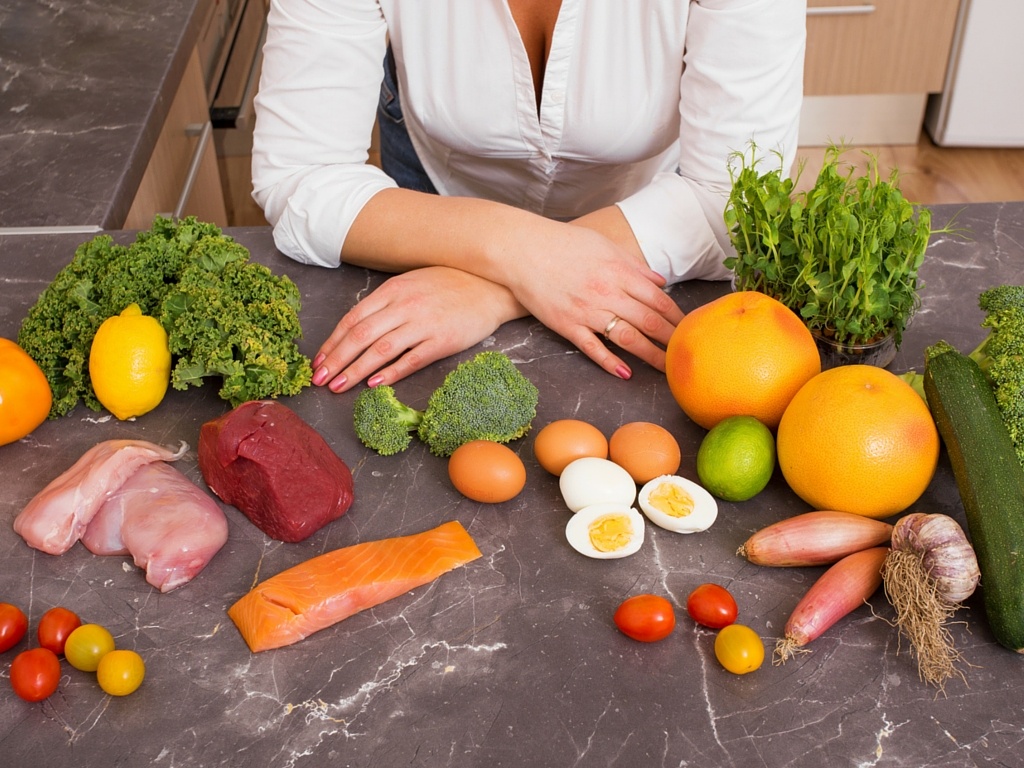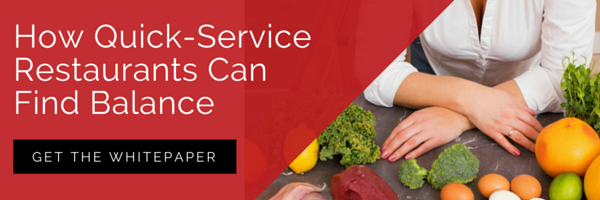
The plate — or box and bag, for to-go customers — used to be the final say in consumer satisfaction. Consumers bought a fast food meal because the taste and quality of the food made the grade — or didn't patronize a chain because their food didn’t make the cut. While that's still true, the scope of discerning customers has pulled back to widen the frame, centering on the journey to that box, bag or plate as well.
Fast food sourcing is in a unique position of having to "untrain" itself out of decades of price-centered pursuit and start paying attention to the story of their supply chain as well. Make no mistake, pricing is still important — customers still demand great value for their QSR dollar, after all — but simply moving ingredients from origin to destination won't cut it in terms of competition. Customers are, by virtue of their wallet-votes, beginning to demand more from their chain experiences, and that means that smart QSR brands are paying attention and planning accordingly.
Respect Your Proteins
If animals are destined to be eaten, does a company truly have a responsibility to ensure that the animals in their supply chain are not mistreated? Regardless of philosophical leanings on the part of decision-makers in a supply chain, the correct answer for consumers seems to be yes. In the last few years, citizen investigation has brought to light a few uncomfortable truths about livestock conditions in more than a few fast food supply chains—investigations that have necessitated immediate action from the franchise that has been caught unaware.
Though a brand cannot directly influence the practices of farmers and breeders, they can be selective about those they choose to source from. Just last summer, McDonald’s and Tyson Foods were quick to drop a supplier after an animal cruelty video went viral.
The Sourcing Road Less Traveled
A head of lettuce may have a compelling and eco-friendly backstory before ending up on a burger, but consumers are going to taking a deeper look at the journey it took to get there, too. The ecological costs of sourcing is another pain point vexing ethical QSR customers.
Born of a desire for both fast turnaround times and to minimize each ingredient’s carbon footprint, some chains are getting into the local sourcing game. Though it may seem like a contradiction in terms — fast, high volume meeting comparatively slow local producers —it's actually a smart move that allows a given QSR location to financially enrich its surrounding community while adding depth to its brand story.
In a recent piece for Fast Casual, Katy Jones cited local protein sourcing, particularly seafood, as one of the top 2016 menu trends from the National Restaurant Association. While a pastureless QSR region might not be able to source enough local beef for its hamburgers, it can certainly rustle up local specialty ingredients for side dishes, such as hunks of fresh-caught lobster for coastal state locations.
How Does Your Garden Grow?
To ethical eaters, the ends don't necessarily justify the means, even if the menu price point is attractively low. Consumers are flocking to providers that tout and use earth-friendly techniques and technology to raise produce or opting for hydroponics and alternative growth mediums to control the content and quality of every leaf, fruit and vegetable.
Heirloom vegetables are in particularly high demand, thanks in no small part to the consumer-led movement to label or eliminate GMOs from the food supply. If you are already sourcing American produce, working with a cutting-edge farm will give you all the bullet points you need to drive home a stance of earth-friendly authority in your market. Your brand story can easily grow around this outreach and partnership, Nicole Duncan notes in QSR. By explaining the roots — no pun intended — of the produce portion of your menu, you'll be gaining buyer trust and admiration each time they glance at your menu.
Whether your customers are eating vegan, clean, paleo or another specialty diet influenced by needs or ethics, you can bet they'll go over your menu carefully before producing their hard-earned cash. Make sure what they see and experience is what they've been looking for, and your fast food sourcing worries will fade in no time flat.
Today's consumer preferences for sustainable, free-from foods are driving the fast food industry to change (and fast).






